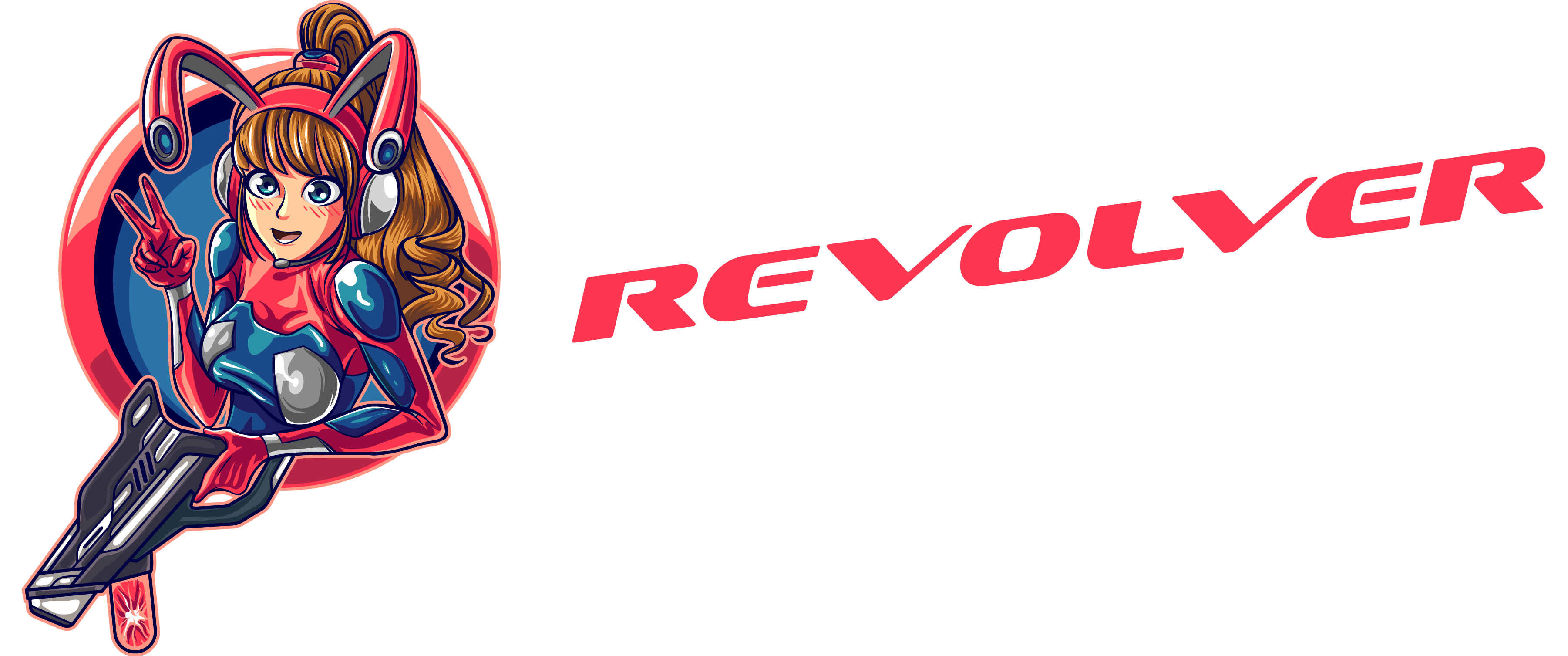If you’ve ever found yourself staring at your Mac, wondering whether it’s time to jump on the Zillexit update bandwagon, you’re not alone. It’s like standing at a crossroads, with one path leading to sleek performance and the other to the dreaded “I’ll fix it later” pile of tech regrets. With each update promising new features and enhanced security, the question isn’t just about whether to update—it’s about whether your Mac deserves a little TLC.
Imagine your Mac strutting around with the latest updates, feeling like the cool kid in the tech playground. But before you hit that update button, you might want to consider a few factors. Is your Mac ready for the leap? Will it run smoother than a freshly brewed cup of coffee? Let’s dive into the world of Zillexit updates and find out if it’s time for your trusty machine to strut its stuff or if it’s better off staying cozy in its current state.
Should My Mac Be on Zillexit Update
Zillexit update represents a critical development for Mac users, focusing on performance improvements and security enhancements. Users should know its significance before making decisions regarding updates.
What Is Zillexit Update?
Zillexit update refers to a software upgrade designed to optimize Mac systems. The update includes new features and fixes that address known issues. As a result, users may experience faster processing speeds and increased efficiency. Developers often incorporate user feedback into the updates, ensuring they cater to the needs of the community. Therefore, keeping a Mac updated helps maintain compatibility with the latest applications and services.
Why Does It Matter for Mac Users?
Zillexit update plays a crucial role in maintaining system security for Mac users. Updated software typically includes patches that protect against emerging threats. Additionally, performance enhancements can lead to smoother operation, allowing users to work more efficiently. Users who delay updates risk encountering bugs or vulnerabilities that could compromise their devices. Quality assurance in updates often reflects the dedication of developers to improve user experience, ensuring Macs run optimally.
Assessing Compatibility

Evaluating a Mac’s compatibility with the Zillexit update is crucial for ensuring optimal performance. Users must be aware of specific requirements before proceeding with the installation.
Checking Your Mac’s System Requirements
Operating systems necessitate certain hardware specifications for updates. Currently, the Zillexit update requires macOS version 10.15 or later, along with an Intel processor or Apple Silicon. Users should identify their Mac model and use the “About This Mac” feature to verify compliance with these specifications. Furthermore, ensuring at least 15 GB of free storage space is vital for a smooth installation. Compatibility only exists if the hardware aligns with the update’s needs.
Software Compatibility Considerations
Software alignment plays a significant role in the update process. Applications on older versions of macOS might not support the latest Zillexit update, leading to performance issues. Users should examine the software they rely on and check for developer updates to maintain compatibility with the new system. Researching application reviews can provide insights into potential issues. Software that doesn’t meet compatibility criteria may cause disruptions or glitches, making it essential to confirm alignment before proceeding.
Benefits of Zillexit Update
The Zillexit update provides significant advantages for Mac users. Both enhanced security and performance improvements stand out.
Enhanced Security Features
Enhanced security features play a crucial role in protecting systems. The Zillexit update includes patches specifically designed for newly discovered vulnerabilities, thereby strengthening defense mechanisms. Users benefit from advanced encryption methods that safeguard sensitive information. Additionally, consistent updates help counteract emerging threats, making systems more resilient. Overall, this update prioritizes user safety, ensuring that Macs remain protected against external attacks.
Performance Improvements
Performance improvements following the Zillexit update can transform how a Mac operates. Users may notice faster boot times and smoother application launches. The update optimizes system resources, allowing for better multitasking capabilities. Applications run more efficiently, enhancing overall productivity. Enhanced graphics support and improved processing power contribute to a more enjoyable user experience. Upgrading systems can lead to noticeable gains, making tasks easier and more efficient.
Potential Risks of Updating
Updating to the Zillexit version may introduce certain risks. Users should be aware of potential system instability and application compatibility challenges.
System Instability Issues
System instability may occur after an update. Unexpected crashes and performance slowdowns can stem from incompatible system configurations. Users might experience frequent freezes, making routine tasks more difficult. If a Mac has outdated hardware or insufficient resources, it may struggle with the new software demands. Regular system backups provide a safety net, allowing users to revert to the previous version if issues arise. Awareness of these risks is essential before proceeding with the Zillexit update.
Application Compatibility Challenges
Application compatibility poses another concern with the Zillexit update. Some older applications may not function correctly on the new system, leading to functionality loss. Users who rely on specific software for work or personal use should verify compatibility beforehand. Updates to essential applications may be necessary to ensure smooth operation. Developers often release patches to address compatibility issues, so checking for these updates is critical. Users might find themselves needing to replace outdated applications, which adds to overall costs.
Making the Decision
Making the decision about the Zillexit update requires careful consideration of personal needs and system capabilities. Users must evaluate how the update aligns with their specific use cases and overall goals.
Personal Use Case Considerations
Individuals who rely on their Macs for demanding tasks like video editing or software development benefit most from the Zillexit update. Enhanced performance features cater particularly well to intensive workflows. Users should assess their daily activities and determine whether faster speeds and improved multitasking capabilities could lead to increased productivity. Those who primarily use their devices for web browsing or media consumption may find the update less impactful. Evaluating software compatibility is crucial, as some older applications might not perform as expected following the upgrade. Understanding personal needs helps users make a more informed decision.
Alternatives to Updating
Some users may choose to delay the Zillexit update for various reasons. Maintaining the current macOS version can help avoid compatibility issues, especially with legacy software. Users might explore alternative solutions such as optimizing existing system performance through routine maintenance or removing unused applications. Reverting to earlier software versions remains another option, though it may come with security vulnerabilities. Those unwilling to take risks could continue using their current systems, but doing so invites potential bugs and security threats over time. Weighing alternatives against the benefits of the update helps users make the best choice for their situations.
Offers Significant Performance Boosts
Deciding whether to implement the Zillexit update on a Mac requires careful consideration of individual needs and system capabilities. While the update offers significant performance boosts and enhanced security, users must weigh these benefits against potential compatibility issues and system instability.
For those engaged in resource-intensive tasks, the improvements can be invaluable. However, casual users might find it less critical. Regular backups and thorough compatibility checks are essential steps to mitigate risks. By evaluating both the advantages and potential drawbacks, users can make informed decisions that best suit their unique situations.

